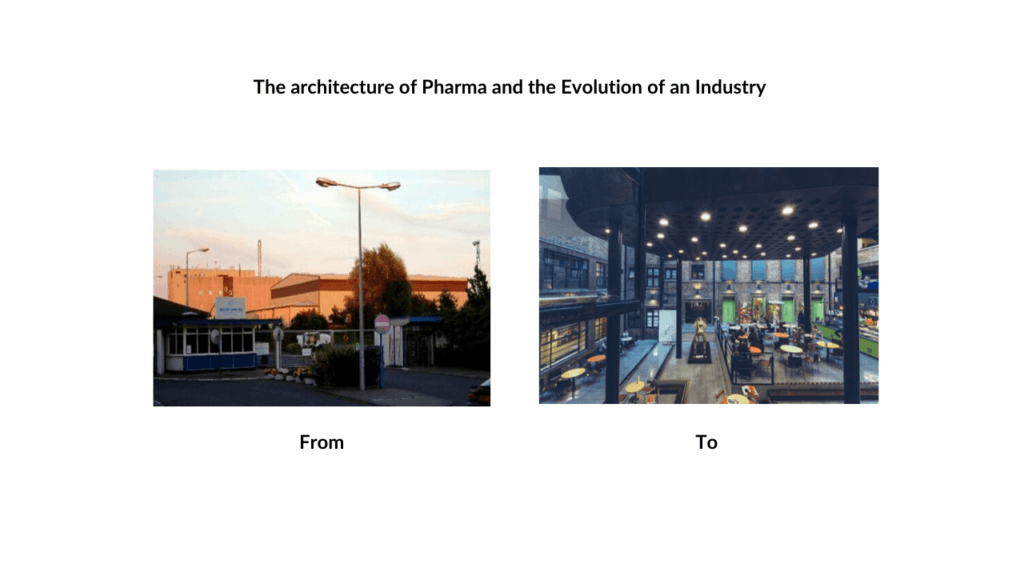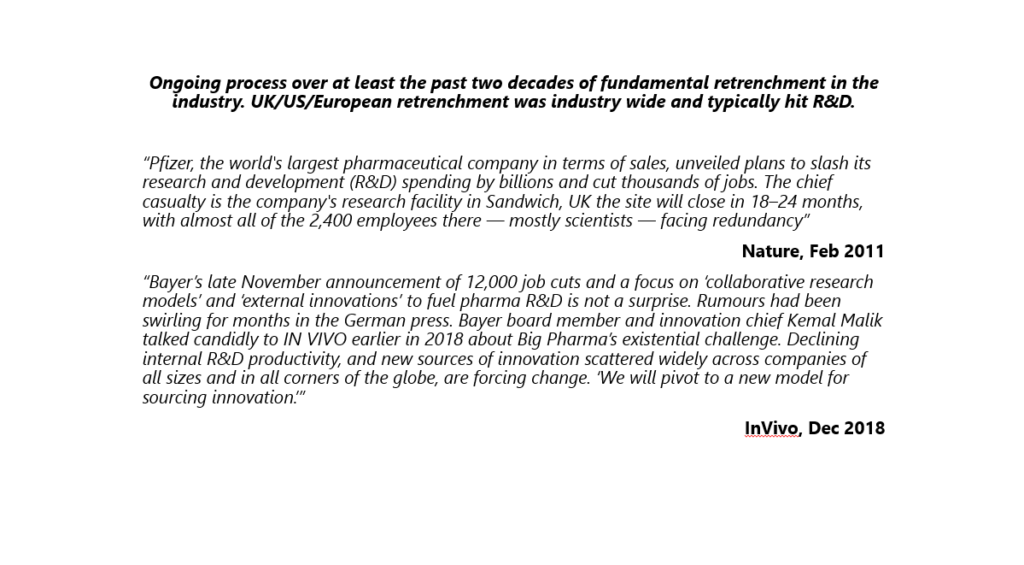
The evolution of life sciences space
The way the life sciences industry undertakes R&D has changed drastically over the last decade, and with it the way space is used and in demand. Here MedCity’s resident real estate guru, Phil Jackson, shares some memories from this recent evolution.

Around four years ago I made my first trip out to Imperial White City with a large U.S biotech looking to set up in London. This was in advance of the Demand Study that came out a few months later, highlighting the choking effect on the sector of the dearth of life-sciences lab space in London. Imperial, as the report subsequently stated, had taken a big risk in choosing to develop White City and it was to be massively commended for that.

The day we made the trip west I recall, was windy and wet. Imperial to its credit had produced all the requisite glossy materials, which I had shared with the U.S. biotech and we were all now excited to see this emergent jewel of London’s scientific and commercial lab capacity. Crossing White City’s complicated motorway exit we trudged to the muddy entrance of the new site, where we picked our way past diggers, puddles and sludge to introduce our visitors to the sparkly new I-HUB. The temporary sign outside the as-of-yet incomplete building had blown off and was lying in a puddle. So far, so fingers-crossed. However, on entering the hub we were greeted by an impressive vision of the future, set to host 1600 scientists on site, become the largest biomedical engineering hub in Europe and the centre for molecular sciences.

That being said, vision was required. As my U.S. guests surveyed the scene, we did our best to ignore a large hole on one side of the structure filling with rain and a lot of mud, and a second hole on the opposite side. Bravely, the Imperial staff soldiered on through a presentation of what the future would be. As a visiting executive beside me sipped his Nescafé and wiped mud from his shoe with a paper towel, the presenter directed our gaze to what would be an impressive view of the Shard, currently completely obscured by the rain pelting the windows. From a sales trip perspective, our Great British weather was giving me no breaks. So, this blog is first and foremost, a celebration of taking risks.

From that soggy afternoon four years ago, Imperial White City and now the area in general has become a truly thriving London life sciences hub to rival the expansive Kings Cross Knowledge Quarter. The I-HUB’s major research centres are open, thriving and almost full, and phase two is now well underway. Over the road, the old BBC film studio has been transformed to host some of the top Biotechs in the UK, and the Innovation Labs have opened with an innovative bridge to community engagement in science.
That risk at the beginning has paid off and as a result a major part of the old industrial area of the city has been transformed. Adding to that space, processes are also underway at Kings College London to create an urban med-tech campus in the heart of the city, and further out in Sutton the Institute for Cancer Research is developing the London Cancer Hub. There are now a lot of initiatives under development both within the golden triangle more broadly and London specifically. The initial steps taken by QMUL and Barts Health NHS Trust in establishing Barts Life Sciences raise the possibility of tapping into the potential for a vibrant interface between the life sciences, AI and digital and the clinical and academic excellence of both institutions.


At the Knowledge Quarter in Kings Cross there is tremendous activity taking place. Alongside the Francis Crick there is progress on the complex and long awaited British Library site, more details of which I think we all eagerly await. Elsewhere in the Kings Cross/LBIC zone we see ambitious plans to build on the fabulous proximities of UCH, UCL, the Crick, Wellcome Trust, Google and others. These initiatives are also bringing with them new business models and new developers to London from around the world. In some ways the pipeline of development of lifesciences space is probably more than we have seen in decades and is a testament to the resilience, excellence and international engagement of UK science.
And yet, as is the case in so many areas, what we really need when it comes to space is diversity. The mega projects are ambitious, vital and to be celebrated, but they are costly and most of all they take time. And here is where these large scale projects are not enough. As part of our evolving and complex eco-system, growing faster than anywhere in Europe, there is also space and demand for creativity, agility and modesty. For all the glamour of the major projects, the sector and specifically start-ups and newly arriving companies, needs access to entry level and early stage lab space (such as Open Cell in Shepherd’s Bush), within the next two to three years. The ability to transform modest amounts of space in the right places with the right terms – open access lab, small unit, flexible leases – is essential.
Lifesciences in London has a thriving future and a tremendous pipeline of development coming on stream, but we still need eyes on the future alongside the capacity for interim delivery now or close to now.
